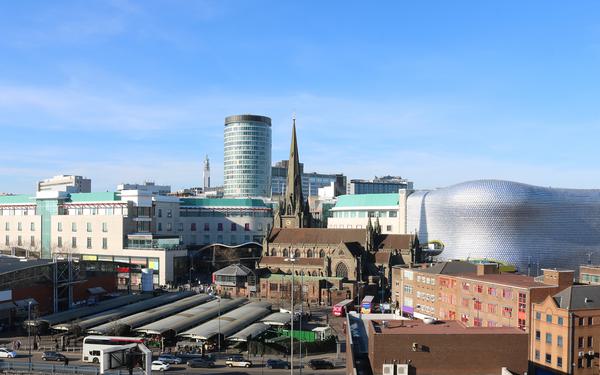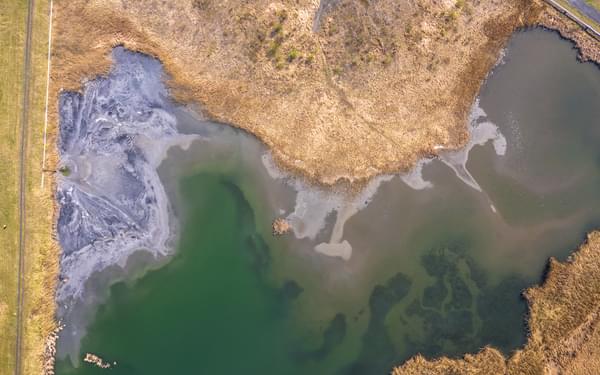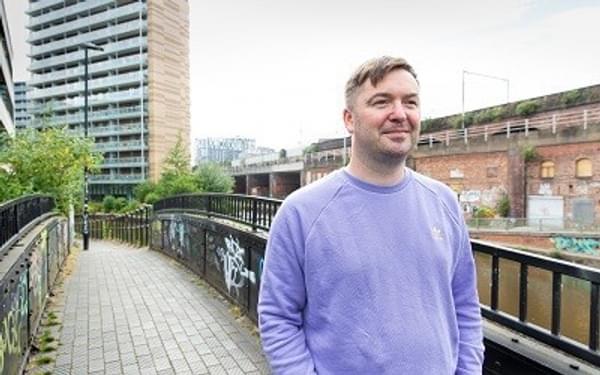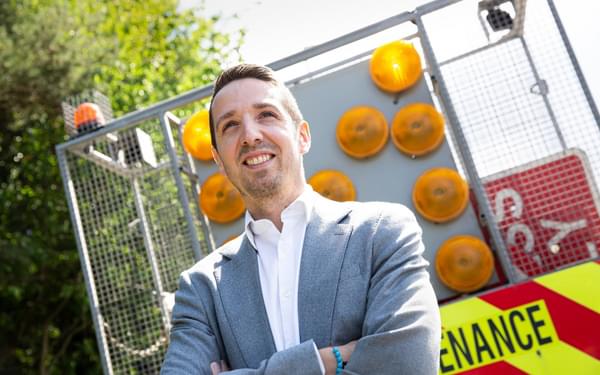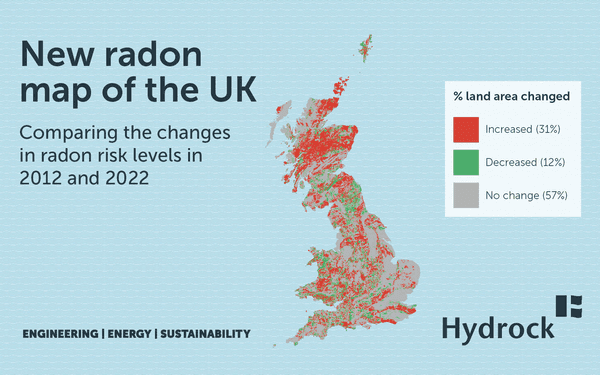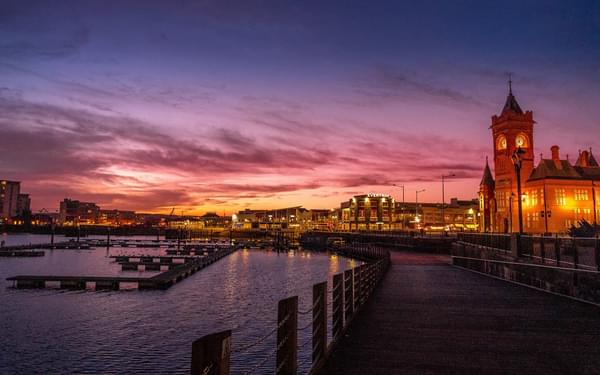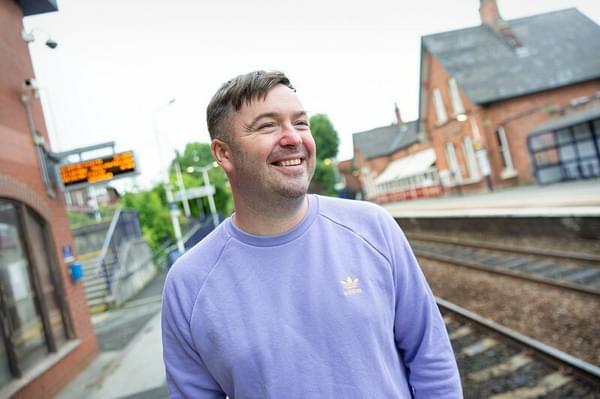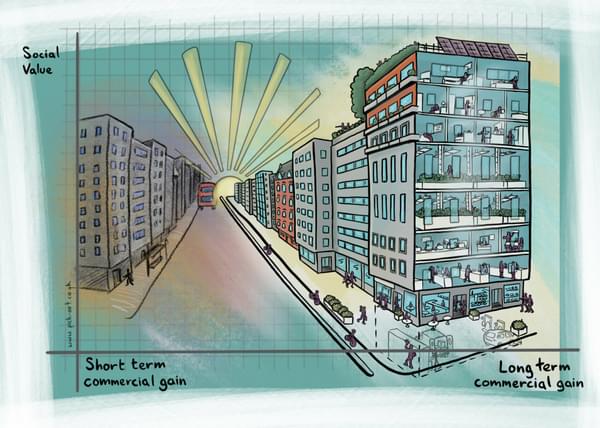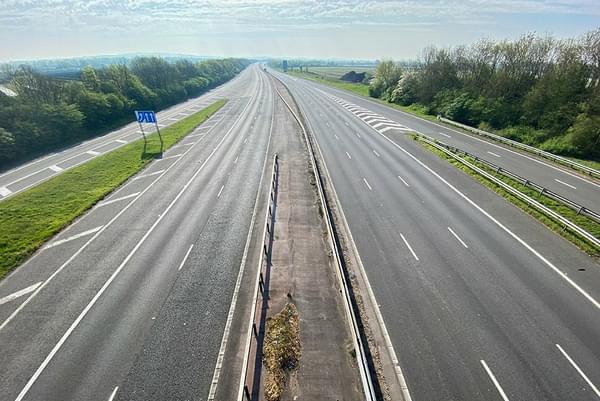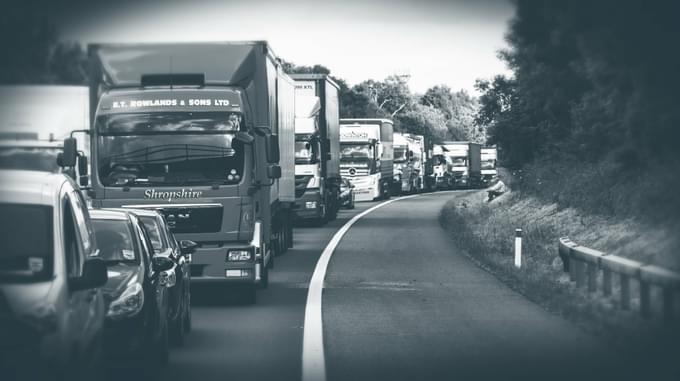
Carrying an estimated 50,000 vehicles a day, the A34 is a vital economic corridor, linking the commercial centres of the Thames Valley and the Midlands to the port gateways of the south coast. Hydrock, in collaboration with planning consultants, Barton Willmore, have launched a campaign to explore why the A34 has such a low profile in terms of transport strategy and what can be done to alleviate the pain.
An accident waiting to happen
The A34 is plagued with issues including accidents. A Freedom of Information request granted in 2018 revealed that there were 471 crashes on the route in a five-year period – roughly eight a month. These accidents are coupled with regular traffic jams and capacity challenges at key interchanges, including with the M3, Junction 9. Given that the A34 is vital to the prosperity and economic growth of the Thames Valley, Central South and the UK, it suffers from a bafflingly low profile. It’s simply not on the agenda in the debate about the future of our national and regional transport network.
What is happening to help improve the A34?
It’s true that there have been some encouraging signs, including government approval for a major upgrade of M3 Junction 9, a project designated as a Nationally Significant Infrastructure Project and designed to ease a bottleneck to allow free movement between the A34 and the M3. A new Oxford-bound bus lane on the A34 agreed by the Oxfordshire Growth Board is another example of a single project that will have some benefits. A consultation is currently under way on plans to introduce smart cameras and driver information systems along the route between the M4 and the M40 to monitor traffic and trigger electronic signs in the hope of easing congestion.
However, these are all conducted on a piecemeal basis, and real change is hamstrung by the lack of an overall strategy.
We believe that a comprehensive, workable strategy is now long overdue, and to kickstart that process, over the coming weeks Hydrock and Barton Willmore will examine the issues affecting the route with a view to coming up with a viable action plan for change. We plan to address that at a joint event later this year for key stakeholders – more details will follow.
The history of the A34
The route was conceived in 1922 as the road from Winchester to Oxford, before a numbering review in the 1930s saw the A34 tag applied to an extended route all the way to Salford via Birmingham, Stoke and Manchester. The result was a single route that linked the ports of the central south to the industrial North.
It is possible to follow this route today, although this would be far from the most sensible journey to take now that the M40, M42 and M6 exist for the modern traveller heading north.
The road was successful enough to eventually sound the death knell for the Didcot, Newbury and Southampton Railway, which was originally conceived as a link from the Midlands to Southampton but ended up making it as far as Winchester. Opened in 1882, it had completely closed by 1967 as passengers chose to journey by car instead. Much of the disused line still runs along the A34 – perhaps never to be used again – or could it be an untapped opportunity for a future transport solution?
It’s the southern section – the original route – which will be the focus of our attention.
It has already vastly outgrown its original purposes and although it has had upgrades – most notably the controversial Newbury Bypass, completed in 1998 - the strain is showing on a road which has strategic north-south importance but only two lanes for its entire length – providing no resilience to deal with the regular incidents that occur,
“Our call for action is clear – we need a solution, and to achieve that we need joined-up thinking. The local authorities, agencies, statutory bodies and stakeholders whose areas the A34 runs through need to come together and collaborate to find a comprehensive, effective and long-term solution.”
Transport planning, highways improvements and technological solutions
Something needs to be done – but what? That simple question leads to a host of others. For instance, how could emerging technology such as intelligent traffic management, 5G and even driverless cars improve the efficiency and safety of the route? Could smart technology ease congestion by diverting vehicles along quieter routes?
Are there ways to manage traffic more efficiently – for example by making changes to the loading schedule at the Port of Southampton?
Or are these just mechanisms to deal with a problem that we should be solving at its root? Is public transport the answer?
In recent years we have seen billions of pounds of private and public sector investment across the Thames Valley, including the redevelopment of Oxford Station, a new Garden Town for Didcot, rapid bus routes linking key locations and the Oxford and Cambridge Expressway. A comprehensive strategy for the A34 is needed to bring all of these together.
We also strongly believe that an improved A34 could be a vital catalyst in encouraging the development of much-needed homes in the area. Homes bring people, people bring jobs and jobs bring prosperity. Could this anticipated prosperity be leveraged as a way of forward funding improvements? It’s a simple equation - so why is the A34 not a priority on the regional agenda, never mind the national one?
The need for strategy
There are worrying signs of a lack of joined-up thinking. In just one example the Oxford Mail reports how proposed bus-only zones aimed at cutting congestion in Oxford risk forcing traffic on to the overburdened A34.
The A34 is given a low profile in the draft Transport Strategy for the South East, produced by a body which brings together representatives of 16 transport authorities and five local enterprise partnerships and yet seems to overlook this key route.
None of this is criticism of any single organisation – it’s clear that a multi-agency response is essential if we are ever to solve this conundrum. The purpose of our campaign, led jointly with Barton Willmore, is to drive the issue up the agenda and create a debate that will lead to a clear plan for action.
At the heart of this debate should be how, by connecting places like Southampton, Winchester, Newbury and Oxford, we can drive growth.
During this campaign we’ll look at the options available to us, including public transport, smart technology and behavioural change.
We know this is a challenge, and that the financial cost of tackling the A34 in a strategic, holistic way that truly drives growth will be high - but we should not be looking at the cost of action, we should be considering its value. The cost of not acting may be far higher than any investment made to tackle the issues.
Our call for action is clear – we need a solution, and to achieve that we need joined-up thinking. The local authorities, agencies, statutory bodies and stakeholders whose areas the A34 runs through need to come together and collaborate to find a comprehensive, effective and long-term solution.






